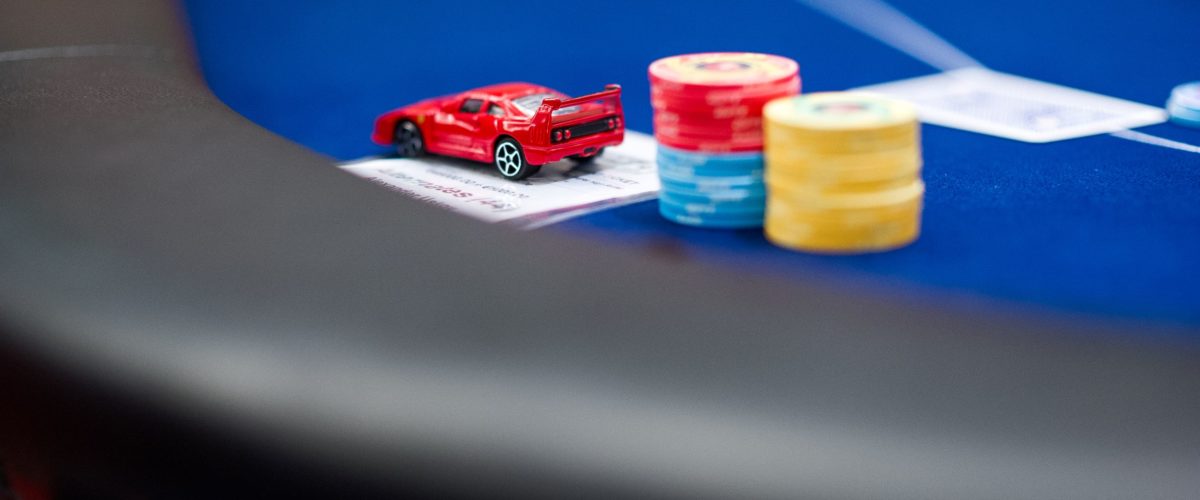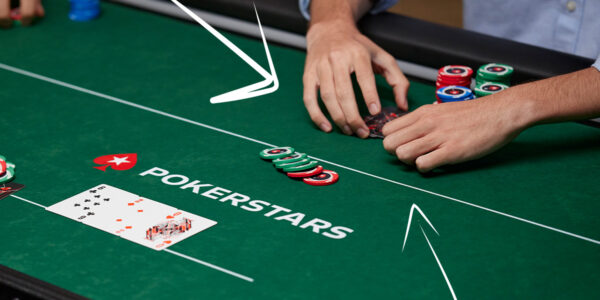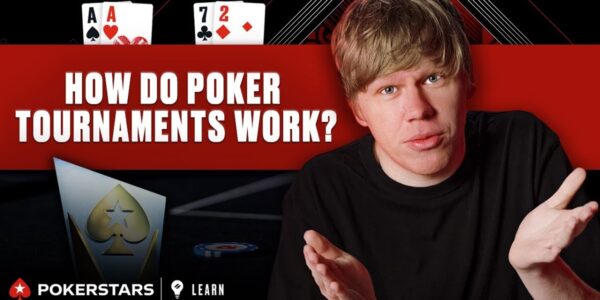Short Buying into Cash Games
Conventional wisdom for buying in to cash games is to buy in for the maximum allowed. In many cases this buy in is capped at 100 big blinds online. In live casino games, this may vary frequently between 100-200 big blinds. You can also occasionally find larger buy in caps like “big stack” cap, or uncapped. A big stack cap game is one where you may buy in (or rebuy/top up) to match the biggest stack at the table. Uncapped of course means there is no restriction on the amount you may buy in for.
The conventional wisdom makes sense. Assuming you’re at least a reasonably skilled player, and you have some edge over your opponents, the deeper stacked you can play with them the better. More depth of money means bigger pots on turns and rivers where skill edges will really shine through and bad decisions are the most costly. That being said, there are times where sitting with a shorter than normal stack can make sense as well. Let’s talk about three of them now.


Transitioning from tournaments to cash games
If you’re a tournament or sit and go player, who is making the move to cash games, there is some sound logic to beginning this process buying in for the minimum and short stacking. The minimum is typically between 20-50 big blinds. A big reason why tournament players struggle in cash games is because of the depth of money… tournament players lack experience playing 100+ big blinds deep as this only occurs during the earliest levels in MTTs. They lack experience playing turns and rivers as many tournament scenarios find hands over or all in prior to those streets, particularly as tournaments move into the middle and later stages and the stack depths become shallow. For even very good tournament players, this aspect of cash games, the depth of money, exposes their most glaring weaknesses. Therefore it makes some sense to begin the transition by playing the games on your terms that feature your strengths, playing a stack size that you’re well versed in how to play profitably. As you gain more experience watching the deep stack play (and participating when you are chipping up), you will naturally move towards the full deep stack buy ins being much better prepared for those bigger turn and river decisions that come with it.
Taking a shot at a bigger game
There’s a game running that looks like it may be very juicy, but it’s 2 stake levels higher than what you usually play. Should you sit anyway and gamble, hoping the higher stakes won’t make you nervous and affect your play? Or should you just avoid it because it’s simply too big and you’re not rolled for that? There’s another option… you can buy in short. The amount you’re putting at risk won’t be much different from your normal games, but now you’re in the big game taking your shot at what you perceive is a good situation, while also gaining valuable experience at this new level. It can make sense when taking a shot, or transitioning up to the next stake level even, to get your feet wet with a short buy in first.


Sitting in very deep games vs unknowns
A casino near to my home used to run a $1-$3 blind big stack cap game. Over the course of an evening, with people getting felted and topping up, new players coming in and buying in to match the big stack, there was a lot of money on the table and very deep stacks created. I would enter this game buying in for $300, 100 big blinds. Why, when the stacks around the table varied from 50 to 500 bigs (with most being 200+)? Quite simply, when sitting with unknowns I felt that for me, it made sense to sit with the stack size I’m most accustomed to playing from online. I’m familiar with bet sizings and standard lines on 100bbs. Once I determine who the good players and who the weak spots are, I’m free to top up at any time. The guy 2 to my right who’s got $1K in front of him is playing like a whale about to explode? Great, I can add some money to my stack right away to maximize my edge in this spot. Or the two players on my immediate left who are 300+bb deep are strong players, while the spots I’m identifying in the game all have 100bb or less? You guessed it, no need to add money now since I already cover the weak players. Why give these 2 strong players who have position on me more depth of money to work with to make my life miserable?
That last example, of the big stack game with 2 strong players sitting deep on my left, is a real life example that actually happened to me. This was one of the few times I didn’t top up in that game, and once I had gotten the lay of the land, I was glad I’d only bought in for 100 big blinds. If the good players on my left were bad, or shorter, perhaps adding to my stack would have made sense… but the point with all these scenarios is, you can add money and top up your stack at any time between hands. I’d also sat in that $1-$3 big stack game where I’d seen enough in the first orbit to add to my stack immediately. This approach may not be popular, but it makes sense for me.
Sitting in a cash game with a short buy in, or significantly shorter than what you could buy in for, is not in fashion. There are quite a few players who frown on it, but let’s be honest… often their egos won’t let them consider the benefits of this approach or why it might be right in certain circumstances. Put your ego aside and don’t listen to the naysayers, and do what’s best for your situation and bankroll to give yourself the best chance to succeed. Often that will simply be buying in for the allowed maximum. But it doesn’t have to be, so don’t close yourself to all the options available if one like buying in short makes sense for the spot you’re about to be in.














